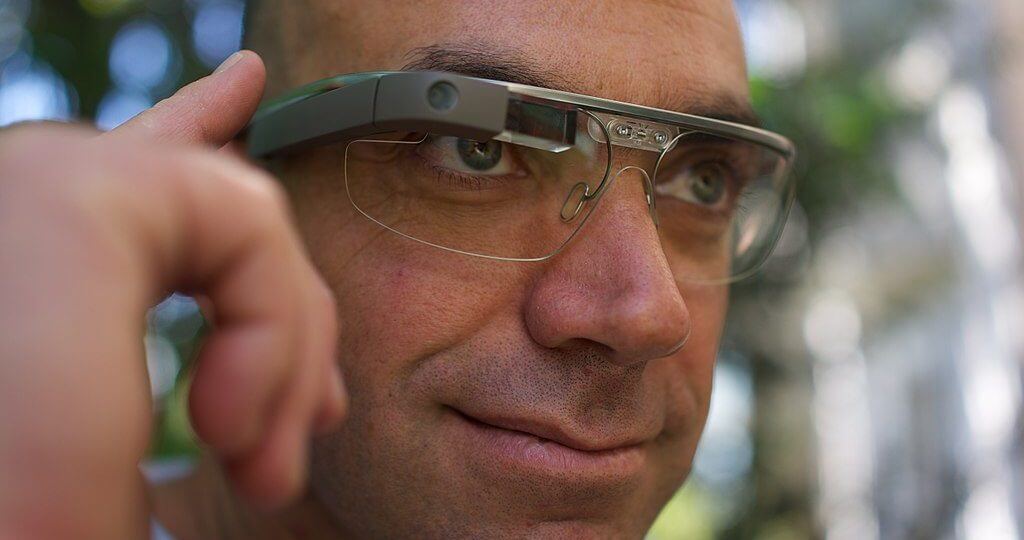Insights From The Blog
How Will AR Glasses Use Cases Develop?
Virtual technologies have become a reality pretty quickly. Ten years ago, VR was a computer lab oddity, but now we have commercially available products that allow millions of us to access full-blown virtual worlds.
But VR is only half of the story, and there is almost as much interest being shown to augmented reality (AR) as an alternative. AR has got a little left behind, mostly because the technology needed more work, but we are now at a point where AR works properly, is proven, and there are a growing number of commercially-available products on the market.
Augmented reality is a technology that enhances a user’s view of the actual world by superimposing digital information on top of it. The main advantage of augmented reality is that it combines digital and three-dimensional (3D) elements with a person’s experience of the real environment. Uses for augmented reality range from aiding in decision-making to providing pure amusement.
Through a medium such as a smartphone or glasses, augmented reality presents images, sounds, and other sensory data to the user. The user’s perspective of the physical environment is influenced by the digital information that has been placed onto the gadget. The information overlay can hide or reveal elements of the original scene.
The growing interest in AR from an industrial and artistic point of view has led to an increased interest in AR glasses. But given that AR operates in a different sphere from VR, is there likely to be as much interest in the products? How will AR glasses develop?
Wearable technology, such as augmented reality glasses, has enhanced not just the quality of people’s lives but also their health, their decision-making, and other crucial business operations. Without a shadow of a doubt, wearable technology has quickly become one of the most rapidly expanding technological fields.
It has been observed that the rate of wearable device adoption is low in comparison to that of more ubiquitous technologies like smartphones. However, the major factors of technical adoption are of great importance to producers and developers. It will help them enhance the usefulness and appeal of all of these products, and buyers will appreciate the enhancements. Researchers from a wide range of fields have found that customers are increasingly interested in using wearable technologies like smartwatches and smart glasses.
Though AR lost out initially to VR, it is now fast catching up, courtesy of similar technology. But AR has also been driven by features on handheld devices such as mobile phones and tablets, and right now, it is just a case of making the same technology work with wearable products.

Most of the AR Apps developed for mobile devices have been a cross between games and lifestyle features that superimpose virtual items on the real world – handy if you want to see how that Louis Veutton sofa will look in your home. But early indications are that, while the latter case could still be a major part of AR glasses, they are likely to evolve into something more useful. Rather than being just another gaming system, AR is potentially going to bloom in other areas.
- Educational experiences. AR glasses are on the verge of ushering in a new era of immersive and interactive learning experiences. Consider pupils sporting these futuristic spectacles to help them visualise hard scientific concepts or decipher sophisticated mathematical formulas. Learners can enter virtual worlds with a wave of their hands, embarking on breath-taking virtual field trips that extend beyond the walls of the classroom. Education will never be the same again, from examining ancient civilizations to uncovering the wonders of the universe.
- Next level communications. With AR glasses, communicating takes a tremendous leap forward. Consider having face-to-face talks with loved ones who are physically separated from you, as if they are right by you. Coworkers and team-members separated by large distances can interact in real-time, sharing ideas and working on projects as though all in one room. We will be able to transcend distance with AR glasses, encouraging connections and pushing creation like never before.
- Real-time navigation. Say goodbye to being lost as AR glasses replace your trusted navigating companions. These smart glasses deliver real-time instructions and useful information when on the move, including on the water. There will be no more struggling with physical maps or staring at small mobile-phone screens. AR glasses lead you seamlessly around new areas, highlighting places of interest and guaranteeing you never miss a thing. It’s never been easier to explore new cities or find your favourite place to eat.
But all this is not to say that gaming and entertainment will be left out. Prepare to be amazed as captivating and vivid entertainment experiences are created through AR glasses. Virtual worlds allow gamers to explore realms where fiction and reality blend fluidly, blurring the border between the game and the player’s surroundings. Moviegoers can become active participants in their favourite movies by immersing themselves in beautiful cinematic universes. Concert-goers can enjoy the thrilling ambiance of authentic performances without leaving their homes. Gaming is unlikely to be left behind, but the form of the games may change.
VR rocked our world and gave us something different, and that we had only encountered in science fiction. AR looks like it’s going to take that same concept and kick it up a notch or too.